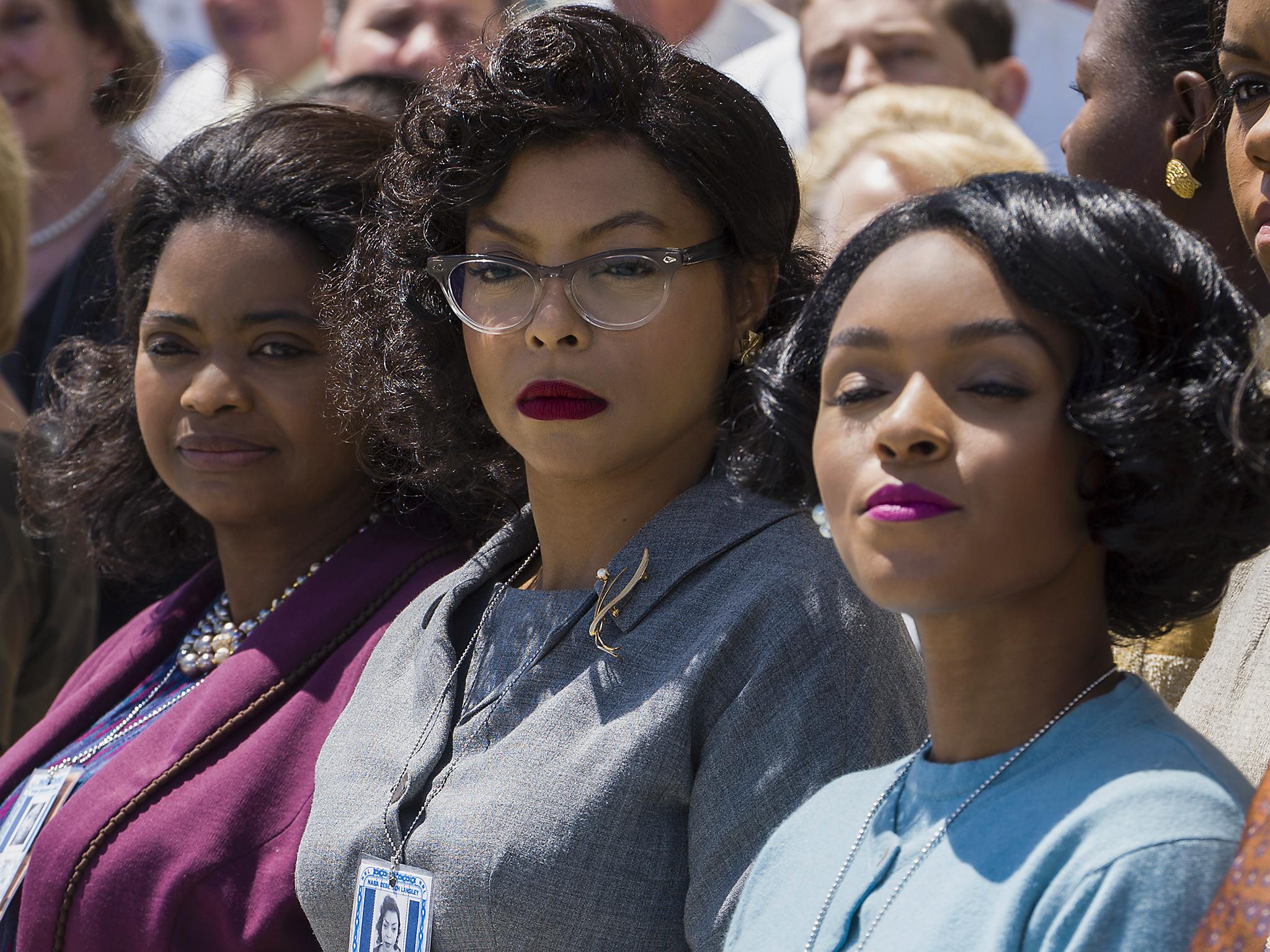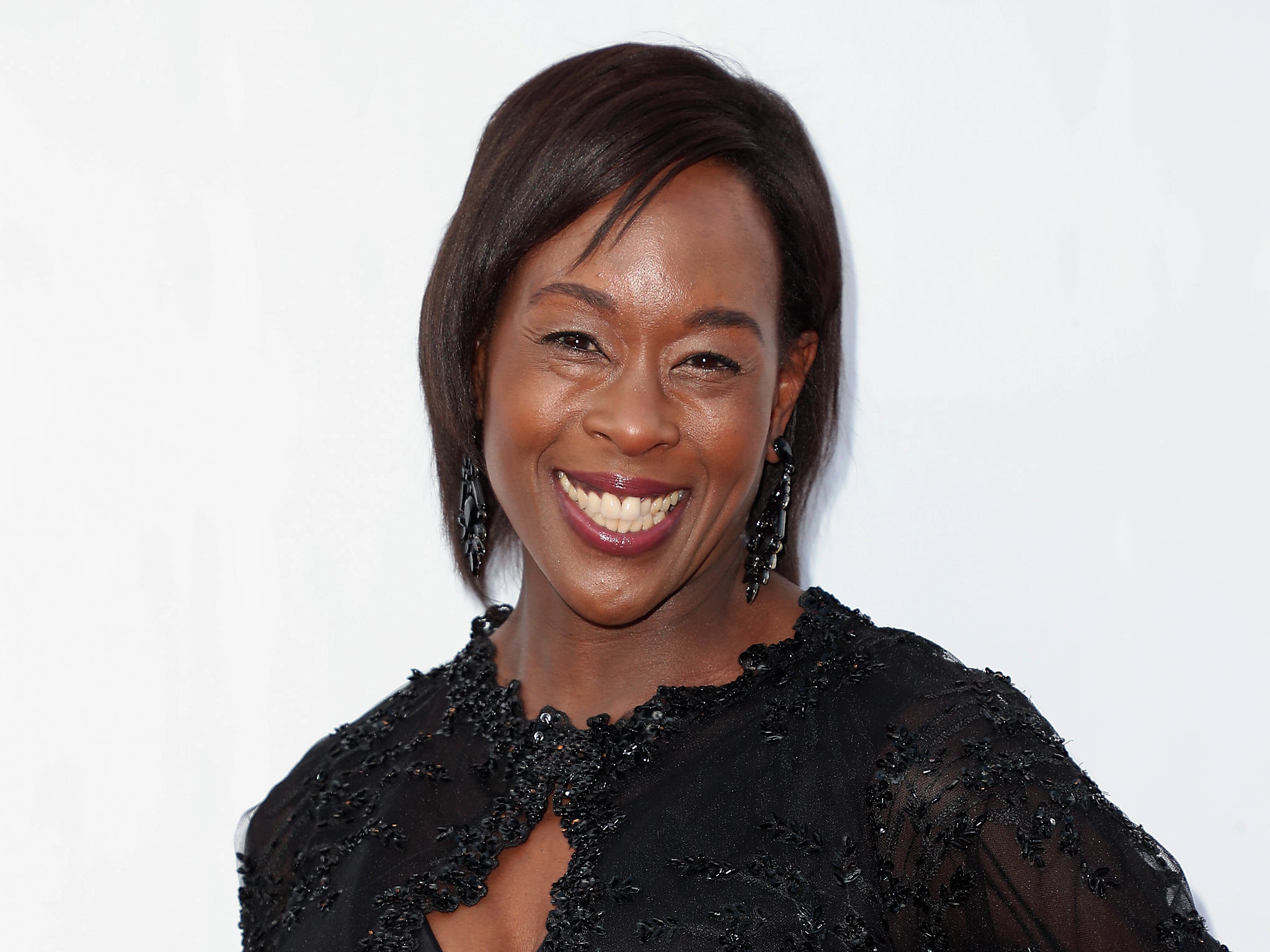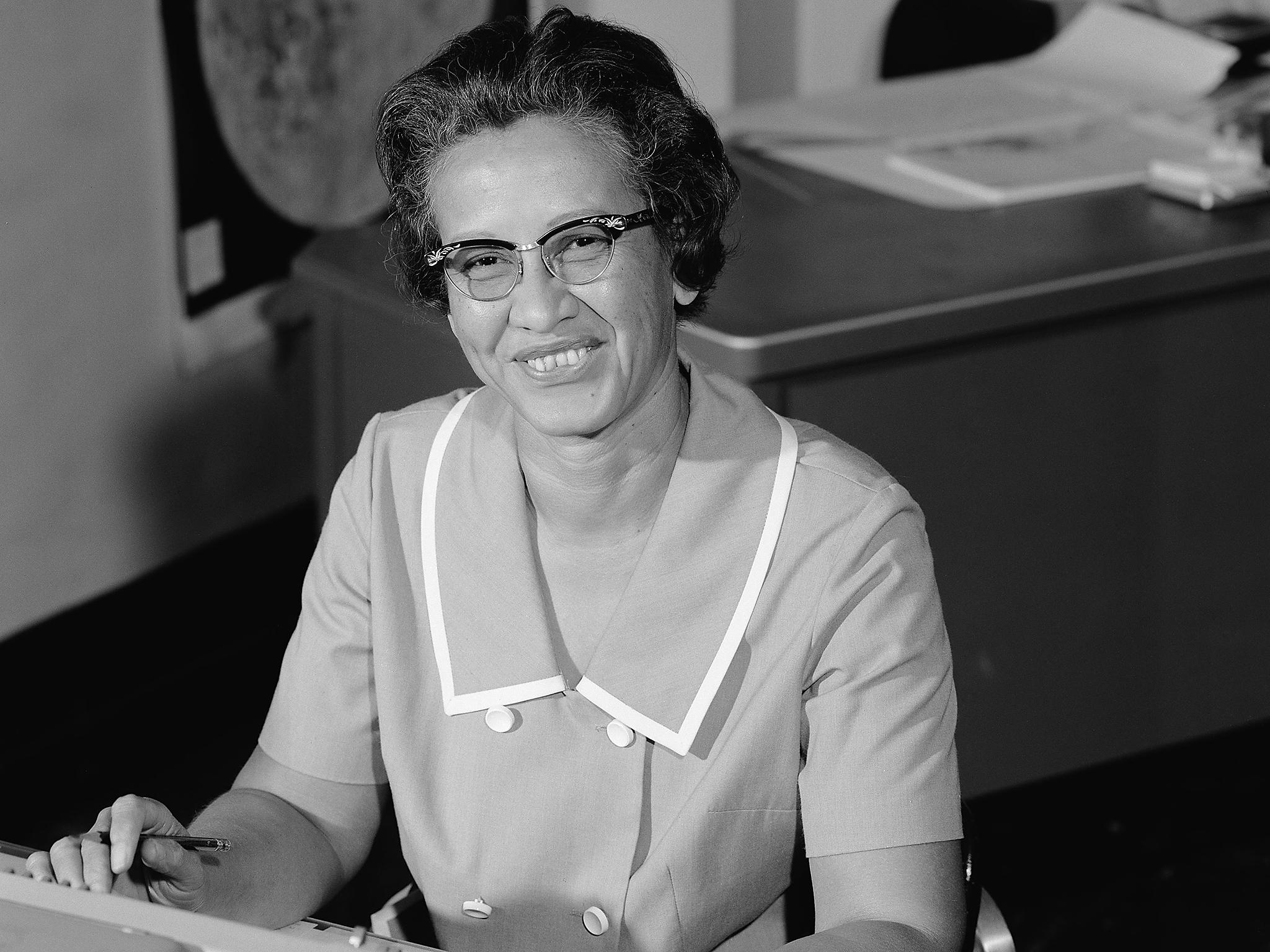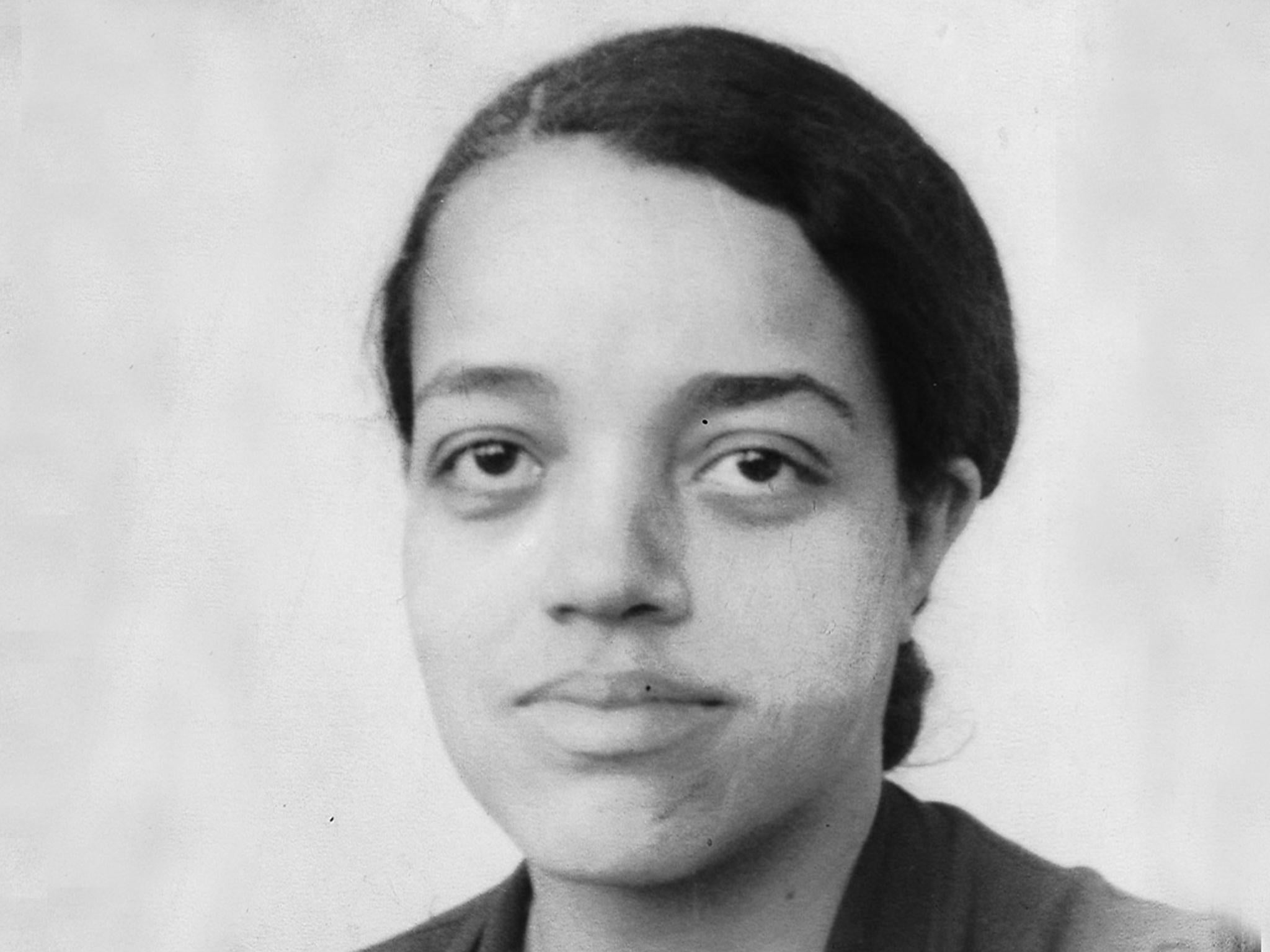Hidden Figures author Margot Lee Shetterly: 'I’m so happy with what the filmmakers did with my book'
Shetterly's book about three African American female Nasa mathematicians has been turned into this year's highest-grossing Oscar movie

Hidden Figures, the Hollywood movie about three real-life Nasa mathematicians who just happen to also be female and African American, has stormed ahead of La La Land at the US box office and been granted three Oscar nods.
But Margot Lee Shetterly – the author of the book of the same name which finally shone a spotlight on the role of female ‘computers’ during the space race and, most importantly, drew attention to a trio of extraordinary women without whom history might have looked very different – says the film has already achieved the highest possible honour.
Hidden Figures chronicles the contributions of Katherine Johnson (Empire’s Taraji P Henson), Dorothy Vaughan (Octavia Spencer) and Mary Jackson (singer Janelle Monae). These women defied sexism, racism and segregation to become central to Nasa’s bid to put an American into space; their calculations helping to send Alan Shepard and John Glenn into orbit and back to Earth again. They were, in order, the first woman to be admitted to Nasa’s all-male task force, the first black manager (across any division, male or female) and the first black female engineer. It has only taken 50 years for them to get the recognition they deserve.

Johnson, 98, a one-time childhood maths prodigy and high school teacher recruited to Nasa post-war, is the only one of the trio to have lived to see the attention they are being given. The film might be among the best picture nominations at this year’s Academy Awards, and Spencer is up for best supporting actress, but to Shetterly the biggest accolade was the fact that a living legend, Johnson, and her family adored it.
“I’m so happy with what the filmmakers did. One of the biggest compliments to the book and the movie is that Katherine Johnson and her family were very highly complimentary,” says Shetterly. “We’d be thrilled about the Oscars if that happened. But the real test, the real award, came from Katherine and her family loving it.”
Shetterly, who like the women featured in Hidden Figures, lived in Hampton, Virginia, where Nasa’s Langley outpost is now stationed, knew their story almost all her life. Her father worked at Nasa and during her childhood, she writes, she knew “that the face of science was brown like mine”. But it wasn’t until seven years ago, when her father started reminiscing about the Nasa “computers” – a term that predates laptops and PCs as we know them now, but was a job title like driver or lawyer – that Shetterly felt compelled to seek out and interview every remaining blouse and skirt-wearing “computer” who had worked at Langley in the 20th century.

“I knew Katherine Johnson and I knew Mary Jackson,” she says. “At one point she worked for my dad. But I didn’t really know, in the way that as a kid you don’t really pay attention to these things, what they did. They were just people in the neighbourhood. I started digging into who they were as professional people.
“You know there were so many amazing women one of the hardest things was not being able to make the story about all of them.”
She chose Johnson, Vaughan and Jackson, firstly because “they were truly exceptional”. The second reason was that they had spent their whole careers at Langley. “They weren’t women who came during the war, then got married and left, or went to another centre. Their lives in many ways intersected these big sweeps of history.

Watch Apple TV+ free for 7 day
New subscribers only. £9.99/mo. after free trial. Plan auto-renews until cancelled.
ADVERTISEMENT. If you sign up to this service we will earn commission. This revenue helps to fund journalism across The Independent.

Watch Apple TV+ free for 7 day
New subscribers only. £9.99/mo. after free trial. Plan auto-renews until cancelled.
ADVERTISEMENT. If you sign up to this service we will earn commission. This revenue helps to fund journalism across The Independent.

“You have Dorothy Vaughan who was a teacher at the high school where the students eventually initiated the Brown v Board of Education ruling that, in legal terms, ended segregation in public schools in the United States, which is amazing.
“Katherine Johnson actually integrated the public university in West Virginia. And Mary Jackson had to petition state courts to be allowed to attend an all-white college to get the qualifications needed to become an engineer.
“At every turn these women were involved in the Second World War, the Cold War, the civil rights movement. I really wanted to be able to tell a multi-layered story through the same women.”

The film condenses a lot of history. It also includes broader characters who are fictional composites of real people – the main one being Nasa bigwig Al Harrison, played by Kevin Costner, whose task force reaches far greater trajectories thanks to Johnson’s calculations at a time when America as second to the USSR in the all important race to the moon.
The irony is that Nasa was full of the brightest and best minds but that these progressive people who were working to put a man into space were so short-sighted as to go along with the awful segregation of the time. A split between black and white that was most definitely not equal, however separate it might have been. The triumph of Johnson, Vaughan and Jackson is all the more remarkable for the challenges they faced.
“You can’t change history. These things happened the way they did. What you can change is how you look at it and how you understand that it takes the good moments and it takes the difficult moments to move forward,” says Shetterly.
“You need to decide that you’re going to use a story to enlighten and inspire people in the modern day. You know, Nasa has been amazing in terms of their support of this story and these women. You don’t get the good without the bad but you really do have to see it all in order to make progress.”
‘Hidden Figures’ is released on 17 February
Join our commenting forum
Join thought-provoking conversations, follow other Independent readers and see their replies
Comments
Bookmark popover
Removed from bookmarks